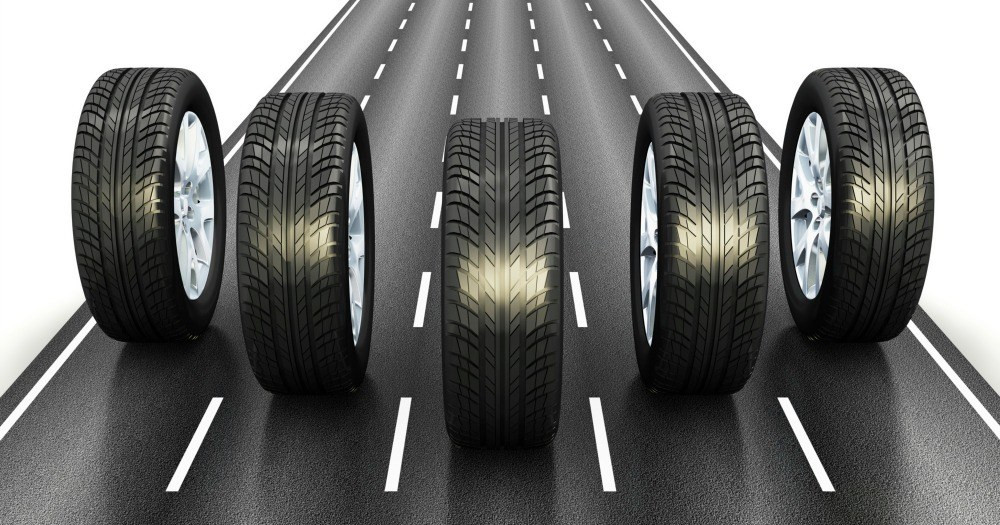Choosing the right tires for your car is crucial for ensuring safety, performance, and longevity. With so many options available, it can be overwhelming to decide which tire is best suited for your vehicle and driving needs. At Get Drivers Ed, we understand the importance of making informed decisions about your car's maintenance and safety. In this guide, we'll walk you through the key factors to consider when selecting the perfect tire for your car, ensuring you drive with confidence and peace of mind.
Understanding Tire Types
Before diving into the specifics of tire selection, it's essential to understand the different types of tires available. Each type is designed for specific driving conditions and vehicle requirements.
All-Season Tires: These are the most common type of tires, suitable for year-round use. They offer a balanced performance in various weather conditions, including wet and dry roads, and light snow.
Summer Tires: Designed for warm weather, summer tires provide excellent handling and grip on dry and wet roads. However, they are not suitable for cold or snowy conditions.
Winter Tires: These tires are specifically engineered for cold weather and snowy or icy roads. They have a unique tread pattern and rubber compound that remain flexible in low temperatures, providing better traction.
Performance Tires: Ideal for sports cars and high-performance vehicles, performance tires offer enhanced handling, speed, and responsiveness. They are available in both summer and all-season variants.
All-Terrain Tires: These tires are designed for off-road driving, providing excellent traction on various surfaces such as mud, sand, and gravel. They are suitable for SUVs and trucks used for both on-road and off-road driving.
Touring Tires: Known for a smooth and quiet ride, touring tires are designed for long-distance driving. They offer a comfortable ride and good traction in both wet and dry conditions.
Factors to Consider When Choosing Tires
Driving Conditions
Consider the typical driving conditions you encounter. If you live in an area with harsh winters, winter tires are essential. For areas with mild weather, all-season tires may be sufficient.
Vehicle Specifications
Check your vehicle's owner's manual for the recommended tire size and specifications. This information includes the tire's width, aspect ratio, and diameter, ensuring compatibility with your car.
Tread Life
Tread life is an important factor that determines how long a tire will last. Tires with higher tread life ratings tend to be more durable and cost-effective in the long run.
Performance Ratings
Look for tires with high-performance ratings in terms of traction, temperature resistance, and speed. These ratings are usually indicated on the tire sidewall with letters and numbers, such as T (traction), A (temperature), and V (speed).
Comfort and Noise
If you prioritize a smooth and quiet ride, consider touring or all-season tires designed to reduce road noise and provide a comfortable driving experience.
Budget
Tires come in a wide range of prices. While it's tempting to opt for cheaper options, investing in high-quality tires can save you money in the long run by providing better performance, safety, and durability.
How to Read a Tire Sidewall
The sidewall of a tire contains essential information that helps you choose the right tire. Here's how to decode it:
Tire Size: A series of numbers and letters (e.g., P215/65R16) that indicate the tire's width, aspect ratio, and diameter.
Load Index: A number that indicates the maximum load the tire can carry.
Speed Rating: A letter that represents the maximum speed the tire can safely handle.
Treadwear Grade: A number that estimates the tire's durability.
Traction Grade: A letter that rates the tire's ability to stop on wet pavement.
Temperature Grade: A letter that rates the tire's resistance to heat.
Maintaining Your Tires
Once you've selected the perfect tires for your car, proper maintenance is crucial for ensuring their longevity and performance. Here are some tips:
Regularly Check Tire Pressure: Maintain the recommended tire pressure to ensure optimal performance and fuel efficiency. Under-inflated tires can cause poor handling and increase the risk of blowouts.
Rotate Your Tires: Regularly rotating your tires helps ensure even wear and extends their lifespan. Follow your vehicle's recommended rotation schedule.
Check Tread Depth: Monitor the tread depth to ensure adequate traction. Replace tires when the tread depth reaches 2/32 inches or less.
Align and Balance Tires: Proper alignment and balancing prevent uneven wear and improve handling. Have your tires aligned and balanced during regular maintenance checks.
Why Choose Get Drivers Ed
At Get Drivers Ed, we emphasize the importance of making informed decisions about your car's maintenance and safety. Our comprehensive drivers ed course covers essential topics such as tire selection, maintenance, and overall vehicle safety. By enrolling in our state-approved course, you will gain valuable knowledge and skills that will help you drive confidently and safely.
Conclusion: Choose the Perfect Tire with Confidence
Selecting the right tires for your car is a critical aspect of vehicle maintenance that significantly impacts your safety and driving experience. By understanding the different types of tires and considering factors such as driving conditions, vehicle specifications, and budget, you can make an informed decision. At Get Drivers Ed, we are committed to helping you become a knowledgeable and safe driver.
Don't wait to enhance your driving skills and knowledge. Enroll in our drivers ed course today and take the first step towards becoming a more informed and confident driver. Remember, a well-educated driver is a safe driver, and with Get Drivers Ed, you are always in good hands. Drive smart, drive safe, and choose the perfect tire for your car with Get Drivers Ed.

